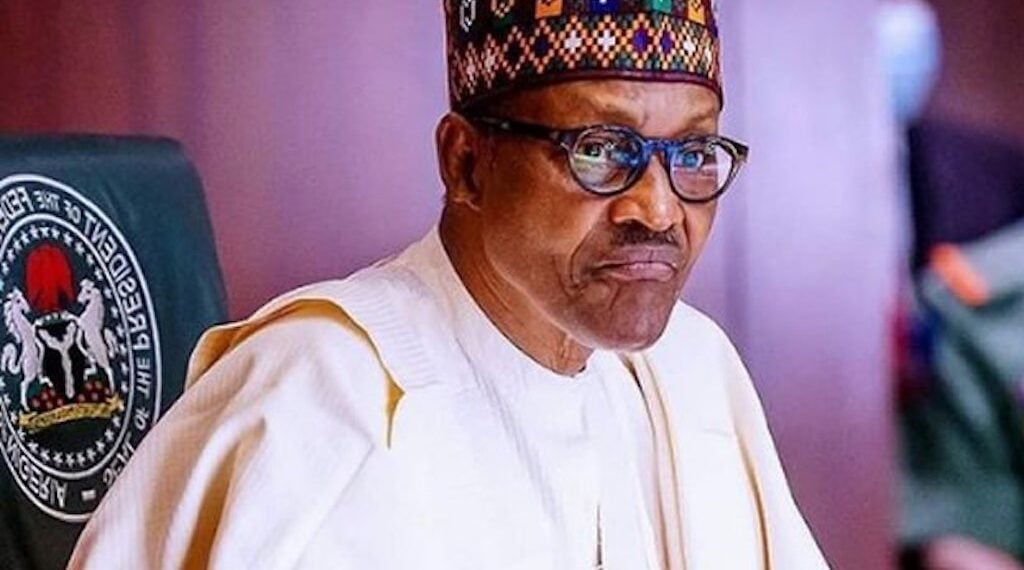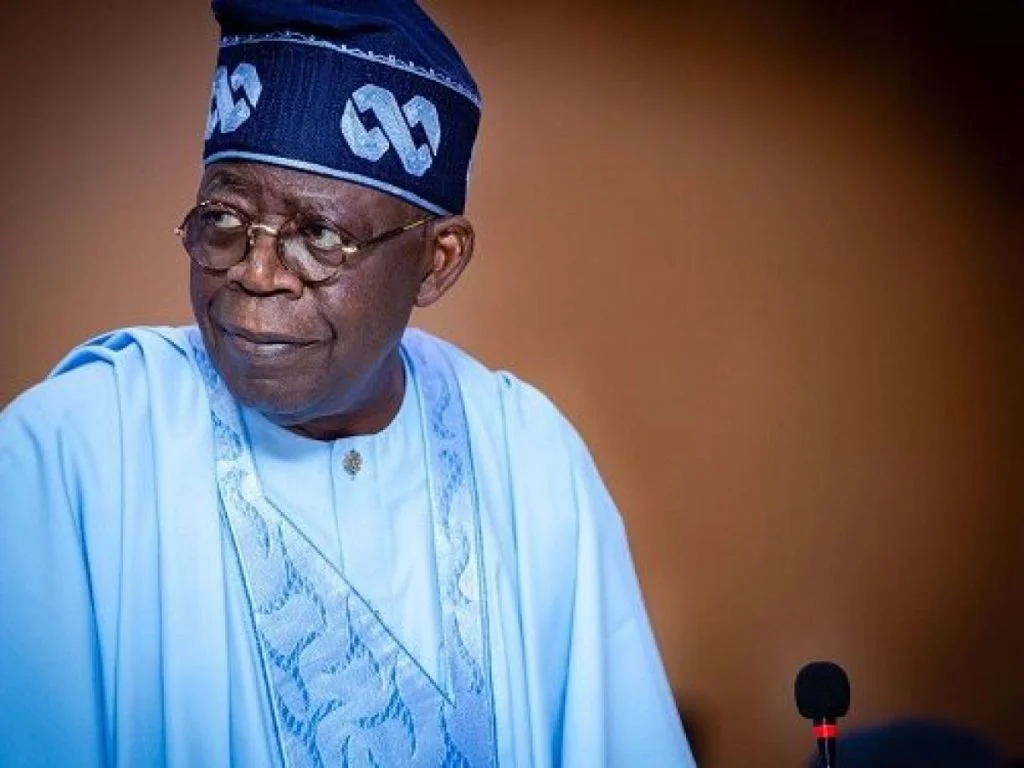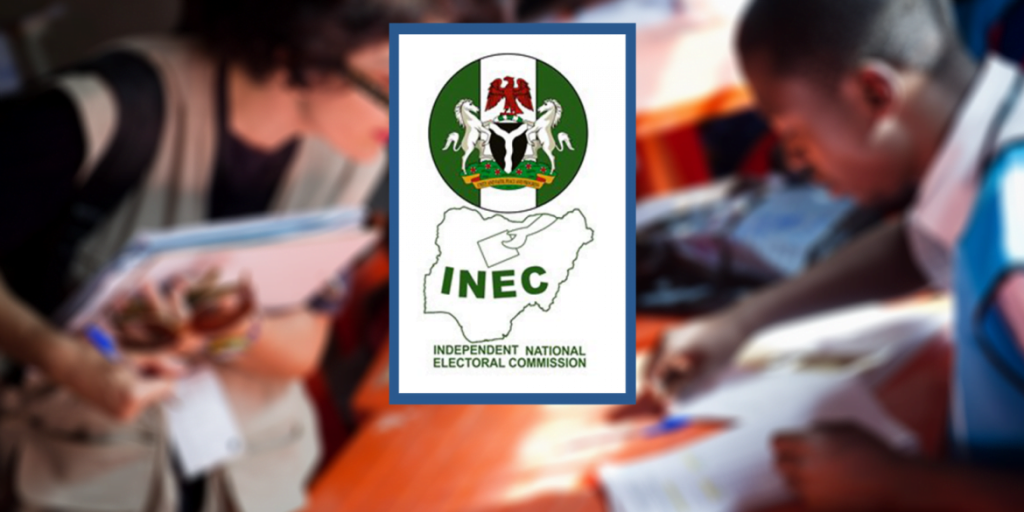North Korea Tests New Intercontinental Ballistic Missile, Ready for Long Confrontation with US
North Korea said it tested a new type of powerful intercontinental ballistic missile on Thursday, marking the end of its long-range test moratorium in place since 2017.
State media quoted by Reuters said North Korean leader Kim Jong Un directly guided North Korea’s largest new test of a new intercontinental ballistic missile, the Hwasong-17, a new type.
He said it was the key to preventing nuclear war.
The missile flew 1,090 km (681 miles) to a maximum altitude of 6,248.5 km (3,905 miles) and hit targets at sea.
North Korean media wrote, Kim said North Korea is preparing for a long confrontation with US imperialism and its strategic powers are ready to check and restrain any military efforts by the United States.
Flight data from the South Korean and Japanese militaries previously showed the missile flew higher and for a longer time than previous North Korean tests, before hitting the seas west of Japan.
It was the nuclear-armed nation’s biggest missile launch since 2017, and a major step in Pyongyang’s development of a weapon that could possibly deliver a nuclear warhead anywhere in the United States.
North Korea’s return to a major weapons test raises new concerns for US President Joe Biden as he responds to Russia’s invasion of Ukraine, and presents a challenge to South Korea’s upcoming conservative government.
Biden and Japanese Prime Minister Fumio Kishida, meeting at the G7 Group summit in Brussels to show unity against the Kremlin war, condemned the North Korean launch, stressed the need for diplomacy and agreed to work together to hold Pyongyang to account, said a White House official.
This launch is a bold violation of several UN Security Council resolutions and unnecessarily increases tensions and risks destabilizing the security situation in the region,” White House press secretary Jen Psaki said earlier.
North Korea has postponed its ICBM and nuclear tests since 2017, but has retained the weapons necessary for self-defense.
Amid stalled denuclearization efforts, Biden could not get started, Pyongyang calling the US offer insincere while maintaining hostile policies such as sanctions and military exercises.
North Korea’s missile launch is a reminder that its leader Kim Jong Un will not be ignored even as the world’s attention is gripped by the Ukraine crisis.
South Korean President Moon Jae-in, who has made North Korean involvement his main goal, condemned the launch as a “violation of the ICBM launch moratorium promised by Chairman Kim Jong Un himself to the international community”.
Kishida called it an “unacceptable act of violence.”
The launch prompted South Korea to test fire a ballistic missile into its own smaller airspace to demonstrate it has the “ability and readiness” to precisely strike missile launch sites, command and support facilities, and other targets in North Korea if necessary. .
US Secretary of State Antony Blinken and South Korean Foreign Minister Chung Eui-yong called for a firm response and agreed that additional measures by the UN Security Council were essential, South Korea’s foreign ministry said.
US Secretary of Defense Lloyd Austin and his South Korean counterpart also spoke and agreed that a firm response was needed, the Pentagon said. Austin also spoke with his Japanese counterpart.
The United States, Britain, France, Ireland, Albania and Norway asked the UN Security Council to hold a public meeting on Friday to discuss the launch and UN Secretary-General Antonio Guterres urged Pyongyang “to stop taking further counter-productive actions.”
However, securing a tough international response to North Korea’s latest ICBM launch will be much more difficult for Washington than it was in 2017.
World powers capable of imposing new UN sanctions on Pyongyang, as they did then, are at loggerheads over Ukraine and are unlikely to find an answer. similarity.





